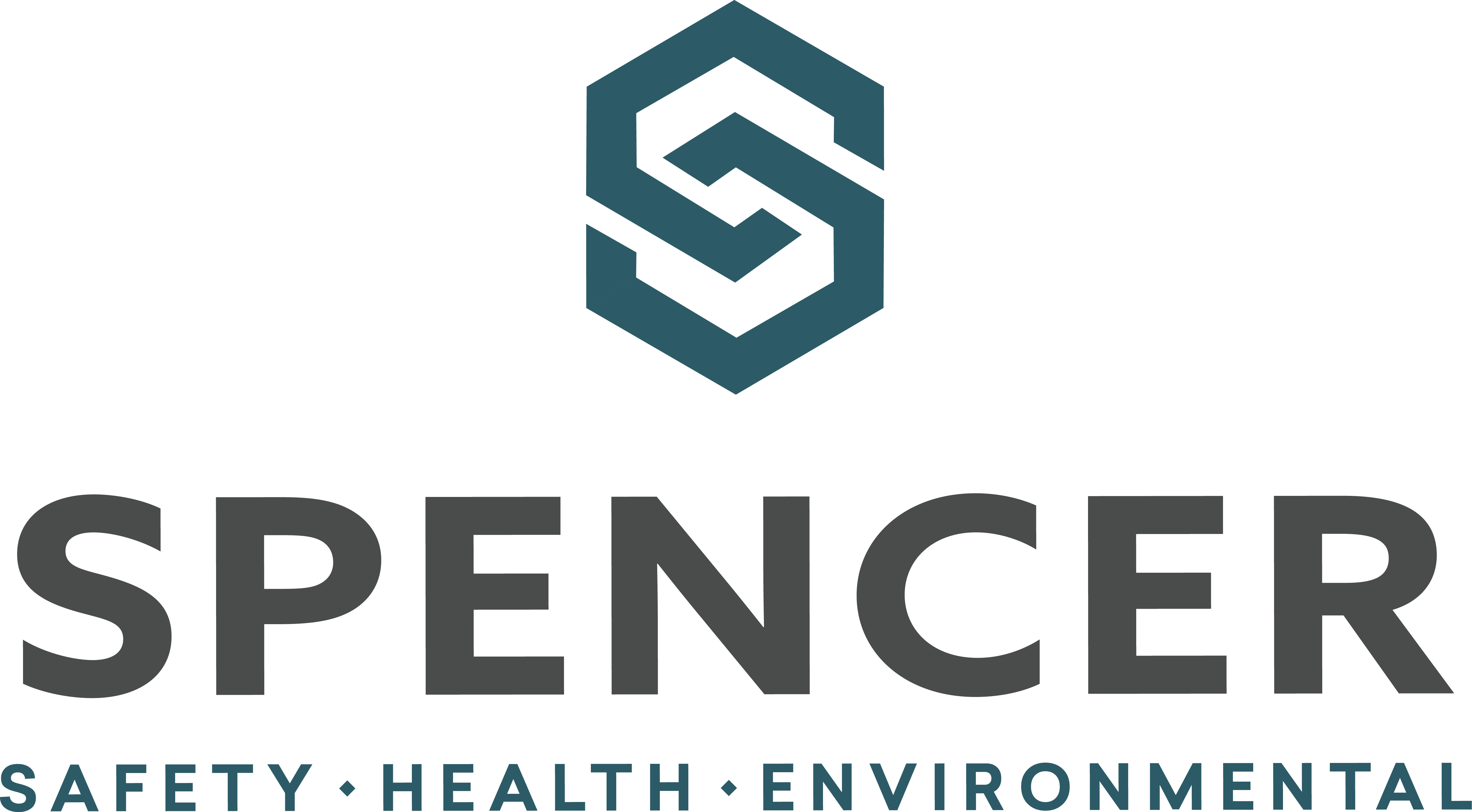Mental Health Awareness Month was first celebrated in 1949. It was commemorated by the Mental Health America organization, which was then known as the National Committee for Mental Hygiene and then later as the National Mental Health Association before it got its current name. The association was founded by Clifford Whittingham Beers. Beers, who was born in 1876 in Connecticut, was one of five children in his family who all suffered from mental illness and psychological distress. All of them also went on to spend time at mental institutions and it was from his hospital admittance that he discovered that the mental health field had a notorious reputation for malpractice, maltreatment, and immense bias.
Beers went on to author “A Mind That Found Itself”, which is a bestseller even today. Gaining popularity and support from medical professionals, Beers founded the National Committee for Mental Hygiene. Beers and his colleagues at the association wanted to find ways to make sure that mental health patients not only received the right care but also did not feel alone in their fight against mental diseases.
Mental Health in the Workplace
Components
Creating a plan with all workers to enact these components can help reimagine workplaces as engines of well-being.
Protection from Harm
• Prioritize workplace physical and psychological safety
• Enable adequate rest
• Normalize and support mental health
• Operationalize norms, policies, and programs
Connection & Community
• Create cultures of inclusion and belonging
• Cultivate trusted relationships
• Foster collaboration and teamwork
Work-Life Harmony
• Provide more autonomy over how work is done
• Make schedules as flexible and predictable as possible
• Increase access to paid leave
• Respect boundaries between work and non-work time
Mattering at Work
• Provide a living wage
• Engage workers in workplace decisions
• Build a culture of gratitude and recognition
• Connect individual work with organizational mission
Opportunity for Growth
• Offer quality training, education, and mentoring
• Foster clear, equitable pathways for career advancement
• Ensure relevant, reciprocal feedback
Risk Factors That Affect Employee Mental Health
Stress and burnout are the primary cause of poor mental health among employees. Approximately 94% of employees indicate experiencing stress in the workplace, with nearly one-third describing their stress levels as ranging from high to unsustainably high. Similarly, according to Select Software Reviews, a platform analyzing HR software, 23% of office employees in the US face high levels of stress in their workplace, while 39% report moderate stress. Deadlines, pressure from management or coworkers, job uncertainty, long hours, and a high workload can all cause stress.
Other factors that contribute to the increasing stress and burnout among employees include:
- Inadequate training or instruction for the role
- Limited or confusing communication from management regarding duties, goals, or decision-making
- An environment where mental health issues are stigmatized or discriminated against
- Inadequate assistance, lack of equipment or other employment resources
- Lack of clarity or leadership in defining roles and communication
- Presence of toxic workplace behavior, where employees feel uncomfortable, unsupported, and unwelcome
- Lack of inclusivity and equal opportunities
It is now time for more organizations to take action to support their employees. By acknowledging the prevalence of mental health challenges and investing in resources and programs that support employee well-being.
Spencer-SHE has been providing Safety, Health, and Environmental Compliance Guidance since 1980. Our team can develop custom training to promote a positive work culture and foster a more productive and engaged workforce.
Contact us here to help you to develop and maintain a safe and healthy workforce.
Sources:
Photo: Microsoft Stock
https://nationaltoday.com/mental-health-awareness-month/#how-to
https://www.hhs.gov/sites/default/files/five-essentials-workplace-mental-health-well-being.pdf

